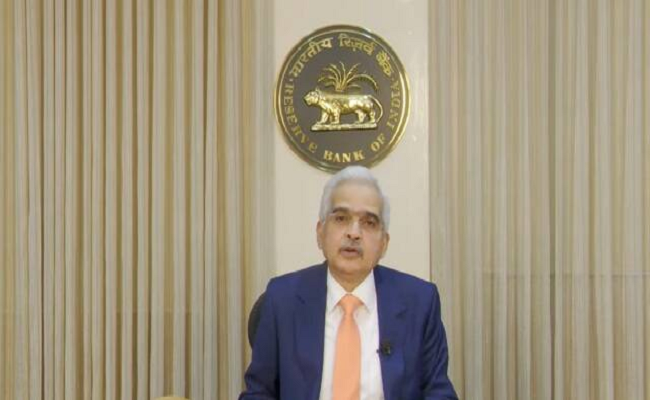Protests erupt outside Kasba Police station as 3 arrested in alleged Kolkata college gang rape
.gif)
.gif)
The Reserve Bank of India (RBI) on Monday said its decision to withdraw Rs 2,000 notes, its highest denomination, is part of the central bank's currency management operations
RBI Governor Shaktikanta Das said, “Let me clarify and reiterate that this is part of the Reserve Bank's currency management operations
The central bank said the existing Rs 2,000 notes can be deposited or exchanged in banks till September 30

The Reserve Bank of India (RBI) on Monday said its decision to withdraw Rs 2,000 notes, its highest denomination, is part of the central bank's currency management operations.
The RBI announced on Friday that it was withdrawing its highest denomination note, Rs 2,000, from circulation, saying the notes would continue to be legal tender. The central bank said the existing Rs 2,000 notes can be deposited or exchanged in banks till September 30.
The Rs 2,000 notes were introduced during demonetisation in November 2016, when the Rs 500 and Rs 1,000 notes were withdrawn. The RBI has advised the public to deposit Rs 2,000 notes in their bank accounts and/or exchange them for notes of other denominations at any bank branch. He also advised banks to stop issuing Rs 2,000 notes with immediate effect. Clarifying his decision today, RBI Governor Shaktikanta Das said, “Let me clarify and reiterate that this is part of the Reserve Bank's currency management operations.
“The Reserve Bank has been following a clean conscience policy for a long time. From time to time RBI withdraws notes of a particular series and issues new notes,” said Das. He added, "We are withdrawing Rs 2,000 notes from circulation, but they continue to remain legal tender."
The RBI governor said, “In our press release, we made it clear that the Rs 2,000 notes were primarily issued to quickly replenish the value of money that was withdrawn from the system when the legal tender status of the then prevailing Rs 1,000 and Rs 500 notes have been withdrawn." "This purpose has been fulfilled, today there are enough banknotes of other denominations in circulation," he added. Das said, “Even the circulation of Rs 2,000 notes, as we explained, has fallen from its peak of Rs 6,73,000 crore to around Rs 3,62,000 crore. Printing was also stopped. Banknotes have completed their life cycle.”
The central bank will be sensitive to the difficulties people face in exchanging Rs 2,000 notes, Das said, adding, “Banks have been advised to make necessary arrangements to exchange Rs 2,000 notes. "We expect most of the Rs 2,000 notes to return to the treasury by September 30," the governor said.
Das also said that the existing PAN income tax requirement for deposits of Rs 50,000 or more in bank accounts will also apply to Rs 2,000 notes.